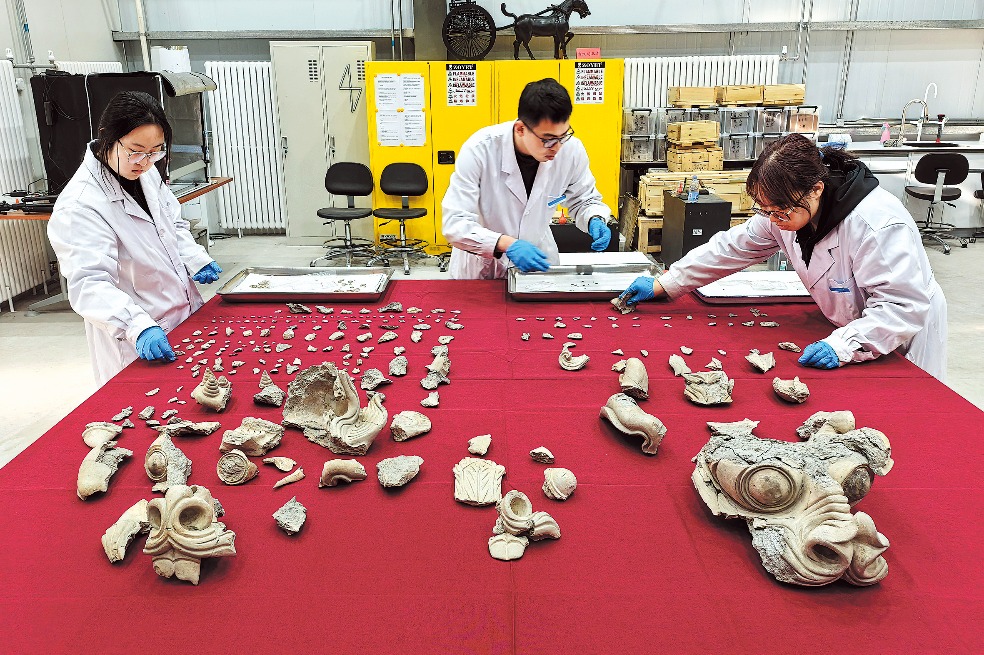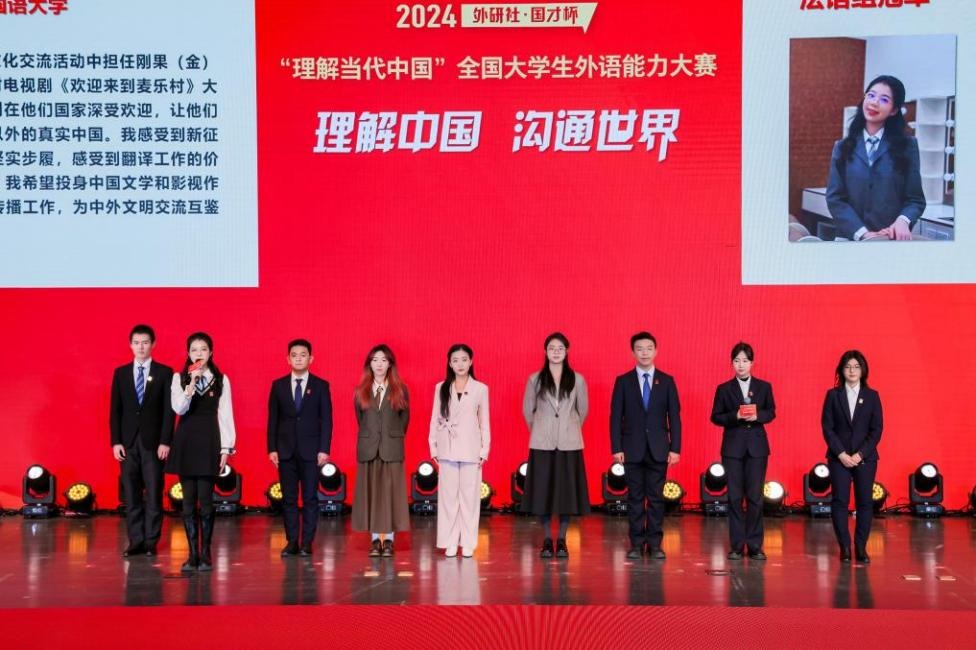Only profitable university patents boost progress


The Chinese leadership has emphasized the importance of integrating technological innovation resources to spearhead the development of strategic emerging industries and future industries, thus accelerating the formation of new quality productive forces. In recent years, China's technological innovation capabilities have steadily improved, with the total number of valid invention patents nationwide reaching over 4 million as of the end of 2023.
The patent conversion rate has also seen a steady increase over the past five years. As of the end of 2023, Chinese universities held 794,000 valid invention patents, accounting for 19.8 percent of the country's total. However, in 2022, the patent conversion rate for Chinese universities was only 3.9 percent, significantly lower than the industrialization rate of valid invention patents and far behind other leading countries such as the United States (50 percent) and Germany (over 80 percent).
To unlock the full potential of university patents in driving economic growth, the Chinese government has initiated measures to enhance patent quality and strengthen policy incentives for patent commercialization. As early as 2013, the China National Intellectual Property Administration issued guidelines to improve patent application quality in universities. In 2024, several government bodies launched the work plan for activating existing patents in universities and research institutions, aiming to address the challenges in patent commercialization. Local governments, intellectual property management departments and universities have since introduced various policies to promote effective and efficient patent commercialization.
Thanks to these efforts, the commercialization of university patents in China is showing positive trends and achieving notable results. For instance, some universities and regions have developed successful models for patent commercialization. Zhejiang University National Science and Technology Park has implemented an "organized technology transfer" approach, while Zhejiang province has piloted a "use first, transfer later" model, expanding the scope of enterprise-university joint patent pools.
Moreover, despite the relatively low conversion rate, university patents are increasingly contributing to productivity and economic development. In 2023, the average industrialization revenue of university-enterprise collaborative invention patents reached over 10.33 million yuan ($1.4 million) per patent, 24.5 percent higher than the average revenue of enterprise patents.
However, advancing university patent commercialization is a long-term, systemic task. Drawing on successful experience from abroad and building on domestic reforms, there is still significant room for improvement in China's approach.
First of all, improving patent quality at the source is crucial. Many university patents in China are not initially intended for commercialization, often lacking practical application prospects or market relevance. To address this, China has proposed several strategies within its high-value patent cultivation efforts. These include fostering innovation in university research models and emphasizing "high-value patents" as a metric for evaluating research outcomes. Some universities, such as Nanjing University of Science and Technology, have pioneered pre-application quality management systems, using platforms such as IP-Genie to assess the potential of each technology comprehensively. Such source management practices can enhance patent quality and utilization efficiency, providing a solid technical foundation for commercialization.
What's more, expanding market channels for patent commercialization is essential. Effective patent commercialization relies on robust collaboration between universities and market entities. Strengthening industry-academia partnerships can help researchers better understand market needs and align their innovations accordingly. Many regions in China are already promoting the establishment of innovation consortia — a new type of industry-academia alliances focused on tackling bottleneck technical challenges. These consortia facilitate the integration of research, patent application, and commercialization. Universities should be encouraged to participate in or lead these consortia, leveraging them to connect with market needs. Additionally, external technical service platforms such as WIPO Green, which has matched over 1,000 technologies with market demands, can further boost patent commercialization.
Equally important, optimizing patent commercialization management within universities is vital. Establishing and improving technology transfer offices and patent resource databases, along with adopting open patent licensing models, can significantly enhance commercialization efforts. Leading global universities such as Stanford have successfully used technology transfer offices to match research outcomes with market needs. Professional technology transfer offices should not only handle administrative tasks but also manage patent portfolios from a technical perspective, integrating with national intellectual property service platforms to activate high-quality patent inventories. Universities can adopt open patent licensing models and utilize government platforms to better connect supply and demand, thus further driving patent commercialization.
Improving university patent commercialization rates is a gradual process requiring a multi-faceted approach. By learning from international best practices and continuing to innovate domestically, China can make significant strides in this critical area.
Xu Shengquan is an associate professor at the School of Intellectual Property, Nanjing University of Science& Technology; and Fan Lujing is a lecturer at the same institute.
The views don't necessarily represent those of China Daily.
If you have a specific expertise, or would like to share your thought about our stories, then send us your writings at [email protected], and [email protected].
































